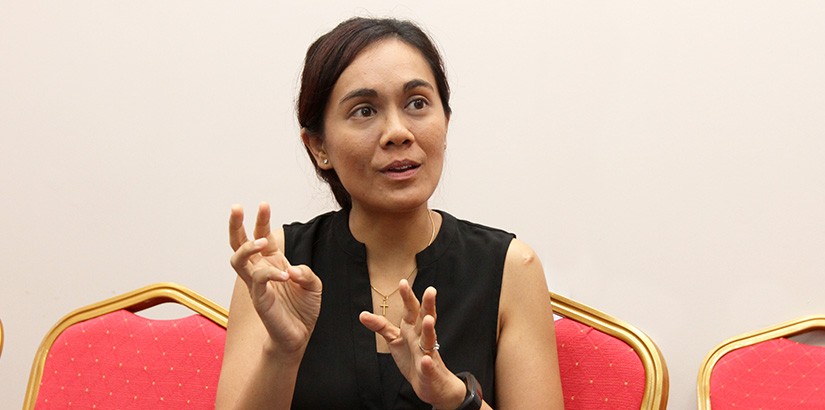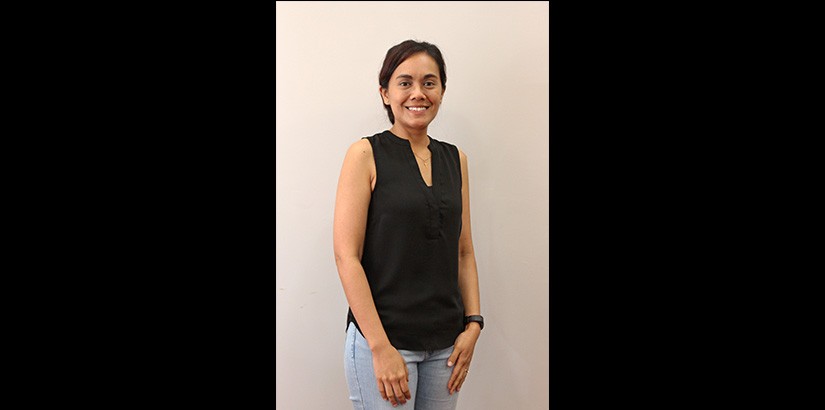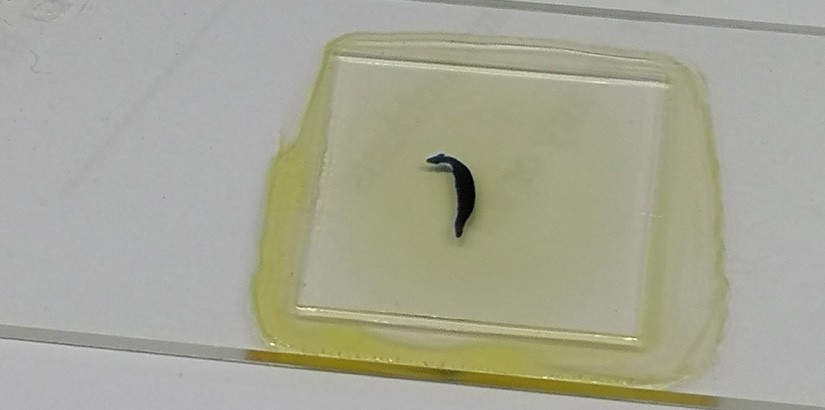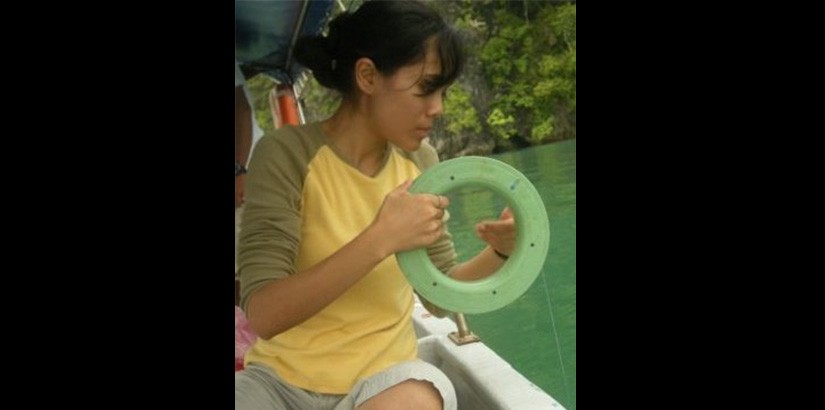2019
6 AugUCSI’s Michelle Soo discovers new parasites; names one after the Banting town
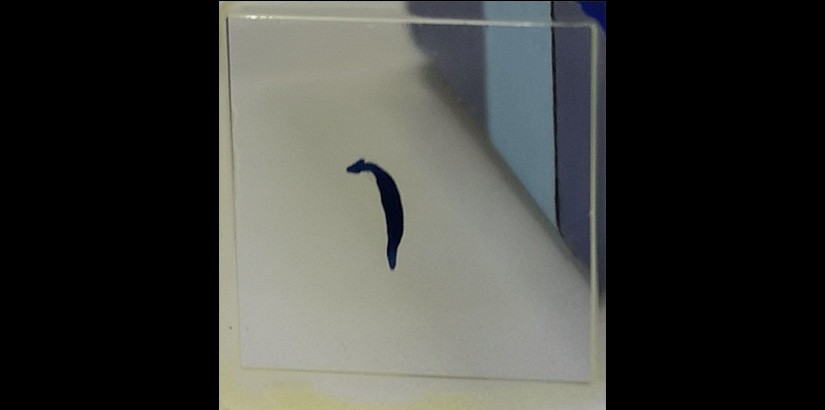
KUALA LUMPUR, August 6, 2019 – UCSI University's Aquatic Science Lecturer Dr Michelle Soo Oi Yoon has discovered 14 new species of marine parasites.
As a marine taxonomist, who studies marine life, Michelle’s discovery is considered record-breaking in her field of work.
“In the scientific community, the discoverer can name their newfound species after other people; create a name; or use Latin names. However, it is a big no-no to name them after one's very name,” she explained.
“There's one species from ‘ikan belanak’ which I named L. bantingensis because I found it at Banting, Selangor and another which I named L. parvicopulatrix,” she said, explaining the ‘L’ before the names of each species was the abbreviation of Ligophorus.
“After dissecting a few mullets or Ikan Belanak, I realised they are hosts to this specific genus of monogeneans called Ligophorus. And the ones I had found did not match previously described monogeneans from any previous scientific publications. That's when I realised I had discovered something new,” she said.
According to Michelle, studying previous literatures was the preliminary step before confirming a new discovery. This, she said, was to avoid registering the same species with another name.
Michelle’s newly discovered specimens have been deposited in the Lee Kong Chian Natural History Museum in Singapore and the Natural History Museum in the UK.
The process of identifying and naming species, according to Michelle, is a tedious one.
“After catching the fish from the sea, and dissecting and extracting monogeneans from the gills, to eventually naming them, everything has to be done under the microscope,” she said.
The identification, analysis and description process can take up to one year - depending on the complexity of the said species.
‘My first 10 discoveries were with my late supervisor, Professor Dr Susan Lim; the next 3 discoveries were with Professor Susan and Dr Tan Wooi Boon, and the most recent discovery was on my own,’ she quipped.
Monogenean, author | Host’s scientific name (common name) | Etymology of species name |
Ligophorus parvicopulatrix Soo & Lim, 2012 | Planiliza subviridis (Greenback mullet) | Small male copulatory organ |
Ligophorus bantingensis Soo & Lim, 2012 | Planiliza subviridis (Greenback mullet) | Monogenean and fish host from Banting, Selangor |
Ligophorus chelatus Soo & Lim, 2012 | Planiliza subviridis (Greenback mullet) | Claw-shaped male copulatory organ |
Ligophorus funnelus Soo & Lim, 2012 | Planiliza subviridis (Greenback mullet) | Funnel-shaped male copulatory organ |
Ligophorus careyensis Soo & Lim, 2012 | Planiliza subviridis (Greenback mullet) | Monogenean and fish host from Carey Island, Selangor |
Ligophorus kedahensis Soo & Lim, 2012 | Crenimugil buchanani (Bluetail mullet) | Monogenean and fish host from Kedah |
Ligophorus fenestrum Soo & Lim, 2012 | Crenimugil buchanani (Bluetail mullet) | Monogenean has fenestrated anchors |
Ligophorus kederai Soo & Lim, 2015 | Crenimugil buchanani (Bluetail mullet) | Named after local fish name, ‘ikan kedera’ |
Ligophorus belanaki Soo & Lim, 2015 | Planiliza subviridis (Greenback mullet) | Named after local fish name, ‘ikan belanak’ |
Ligophorus liewi Soo, Tan & Lim, 2015 | Crenimugil buchanani (Bluetail mullet) | Named after Mr Liew Kim Seng (taught me most of my taxonomic technical skills) |
Ligophorus grandis Soo, Tan & Lim, 2015 | Crenimugil buchanani (Bluetail mullet) | Huge male copulatory organ |
Ligophorus johorensis Soo, Tan & Lim, 2015 | Crenimugil buchanani (Bluetail mullet) | Monogenean and fish host from Johor |
Haliotrema susanae Soo, 2018 | Myripristis murdjan (Pinecone soldierfish) | Named in honor of the late Prof Susan Lim Lee Hong, my mentor from Universiti Malaya |
Names of the 14 species Michelle identified recently
The Future of Taxonomy
Michelle, who has been with UCSI University for the past 3 years, decided to become a taxonomist when she realised that she enjoyed the art of discovering, describing and naming new species.
“I realised that the younger generation is driven by materialistic things and quick-earned glory.
“This kind of work is a dying trade and not many people are doing it mainly because it is extremely tedious. I hope to create more awareness for this kind of skill because believe it or not, all of us have inborn taxonomic abilities.
Michelle mentioned that there were two more species to be published later this year.
“As for the name – it's a secret. Let's just say that the names proposed for these two new guys are extremely long and, in a way, describe their reproductive organs,” she said.
More information about the species discovered by Michelle can be obtained at:
http://www.marinespecies.org/aphia.php?p=taxdetails&id=119285
http://www.marinespecies.org/aphia.php?p=taxdetails&id=119284



